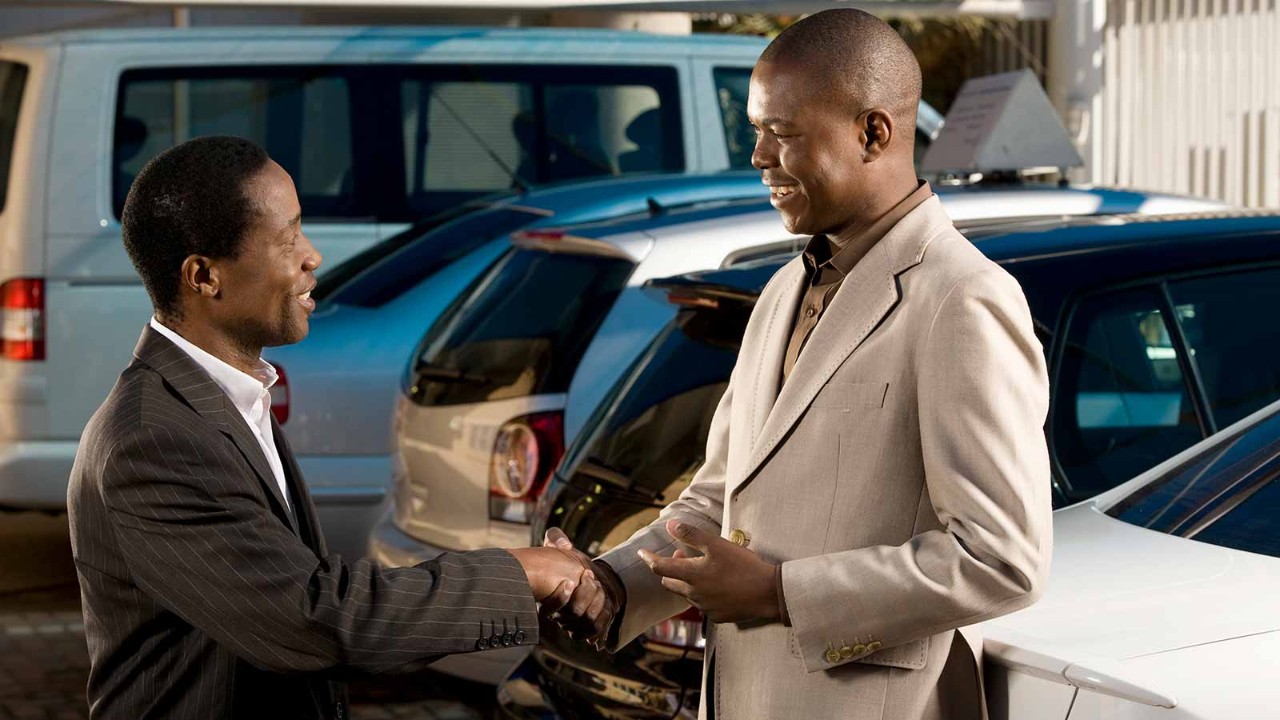
These days, I drive my sister’s two-year-old Made-in-Nigeria car quite a lot. I don’t mean a Japanese, Korean or French vehicle assembled in Nigeria, but one made in the country by a Nigerian manufacturer.
The car drives well and has all the devices and gadgets one would usually find in a comparable American, Japanese or Korean vehicle. Driving it got me thinking about cars made on the continent, which I will call African cars. There are a few of them.
Like other cars around the world, African ones range from the very expensive to the not so expensive, from the luxurious to the practical. The Laraki is a Moroccan custom-made car built for the ultra-rich, while Ghana's Kantanka makes practical sedans and four-wheel drives.
Kiira creates practical Ugandan electric cars and buses, while Mobius in Kenya builds cars with African roads in mind. The Birkin is a classic South African car and Wallyscar is an affordable Tunisian four-wheel drive. The Innoson, meanwhile, is a Nigerian brand producing sedans, SUVs, trucks, buses and articulated vehicles.

Consumers must know that these cars have one thing going for them: they’re built for the African terrain
Myriad challenges
Making cars in Africa is not easy. Myriad challenges include poor infrastructure, which increases the cost of production; scarcity of skilled labour (especially in car design); few alternatives for financing; low household income; and competition from more experienced, well-established and better financed foreign car makers.
The highest hurdle African manufacturers have to jump, however, is that of the mindset of the African consumer, who typically believes that African vehicles may not be of such good quality.
Serious business
This is exacerbated by the fact that buying a car is a serious business for many an African, given what it takes to put the money together to get one, and the fact that they may own only two or three in their lifetime; the global average is around six.
Given the lower purchasing power of Africans, the continent is flooded with used vehicles from Europe and North America; in 2018, Nigeria, Libya and Tanzania imported 238,760, 161,814 and 125,845 second-hand vehicles, respectively. Even damaged cars find their way to the continent, as repair costs are lower than elsewhere around the world.
Too much competition
This means that African cars compete not only with new vehicles made in Europe, Asia and the Americas, but also with used ones from these places. They therefore have to find prices that make them competitive against used vehicles. The intense competition has stalled their growth and development, and some African car makers are struggling.
To make them survive and grow, there needs to be deliberate effort to help African car makers from both governments and consumers. Africans must begin to change their perception of African cars.
More needs to be done to support our car makers – for example, through tax incentives
In terms of quality and build, these cars are getting better with each new model; they are going through the growth stages that the Korean motor industry went through 20 years ago and the Chinese one 10 years ago. Consumers must know that these cars have one thing going for them: they’re built for the African terrain.
African governments would do well to support the homegrown motor industry. This is already happening in Nigeria, where several branches of government buy Innoson vehicles, and in Uganda, where the government has a 96% stake in Kiira.
More needs to be done to support our car makers – for example, through tax incentives. This way, they can compete and thrive.



